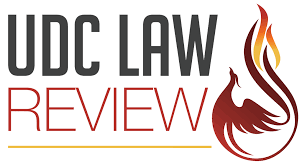
Abstract
Sean Gotcher, a real estate agent for 11 years, went viral on TikTok with a real estate hypothetical.1 Gotcher asked how weird society would be if a billion-dollar company collected data on what people would be willing to pay for housing by zip code and then use that information to buy under the market-rate in order to sell above the market rate.2 He wondered how weird it would be if this company bought 31 homes in a two-mile radius to sell for a profit of $1.2 million within a year.3 Zillow inspired this scenario. 4 After Gotcher’s TikTok video received traction, Zillow cancelled its purchasing program of two years. 5 They claimed they were selling at a loss.6 Because Zillow sold at a pace of their choosing, not every property would sell at a loss.7 Instead of selling to homebuyers, Zillow wanted to “unload its portfolio” to “institutional investors” at scale of “7,000 homes for $2.8 billion.”8 From a business perspective, companies like Zillow achieve their corporate purpose to make a profit through the residential property market. Yet this profit motive contrasts with the past four decades, where rent and home prices cost-burden the majority of Americans. Here, the term cost-burden will refer to lower income households that spend money on high housing costs, resulting in less money for other necessities like food, transportation, or health care.9 There is a significant imbalance in this game. One player is severely cost-burdened while the other has corporate resources to obtain residential property.10 The cost-burdened player pays to live in a home whereas home purchased as a corporate resource sometimes stand empty.11
First Page
36
Recommended Citation
Beth Brodsky,
Housing Hipsters: Adapting The Spirit of Hipster Antitrust to Address Wealth Asymmetries Between Corporate Residential Properties and Cost-Burdened Residents,
26
U.D.C. L. Rev.
36
(2023).
Available at:
https://digitalcommons.law.udc.edu/udclr/vol26/iss1/5

